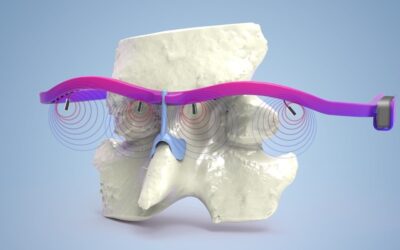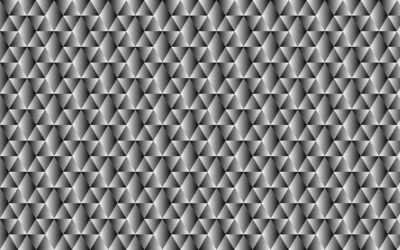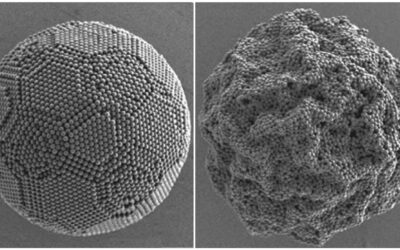 Janus particles are composed of two or more compartments that possess distinct properties.
Janus particles are composed of two or more compartments that possess distinct properties.
Janus particles composed of differently-colored compartments have been used as active display pigments. By rotating the bicolored Janus particles using external electric or magnetic fields, two color states can be switched. Therefore, a two-dimensional panel containing arrays of the bicolored Janus particles shows any images by regioselectively controlling the color states; this rotating ball type display is referred to as Gyricon display.
To produce bicolored Janus particles, two parallel streams of distinct photocurable resins have been employed. The parallel streams are carefully co-emulsified into biphasic drops, which are then rapidly solidified by photopolymerization to capture the distinct compartments before mixing. However, delicate controls over biphasic flows and optics are prerequisites for achieving high uniformity of Janus particles and high stability of a long-term production. Furthermore, materials are limited to photocurable resins responsible for fast solidification.
Shin-Hyun Kim and his coworkers at the Korea Advanced Institute of Science and Technology (KAIST) developed a simple method to create bicolored Janus particles via phase separation of polymers in emulsion drops.
In their article published in Macromolecular Chemistry and Physics the researchers show how two immiscible polymers can form a homogeneous mixture in a good solvent at low concentration, whereas they separate at high concentration. The two polymers dissolved in single-emulsion drops are spontaneously separated when concentrated by solvent evaporation. The drops finally form Janus particles with two compartments.
When the emulsion drops contain chemical dyes that have higher affinity to one compartment than the other, the compartment is selectively stained. Also, the resulting bicolored Janus particles can be further rendered to be magneto-responsive by dispersing magnetic nanoparticles in the emulsion drops. The bicolored Janus particles with a magnetic moment can be used as active color pigments whose rotational motion is controlled by external magnetic field.
This novel method only requires the simple emulsification of one homogeneous solution and allows the use of any pairs of two immiscible polymers dissolvable in organic solvents.














